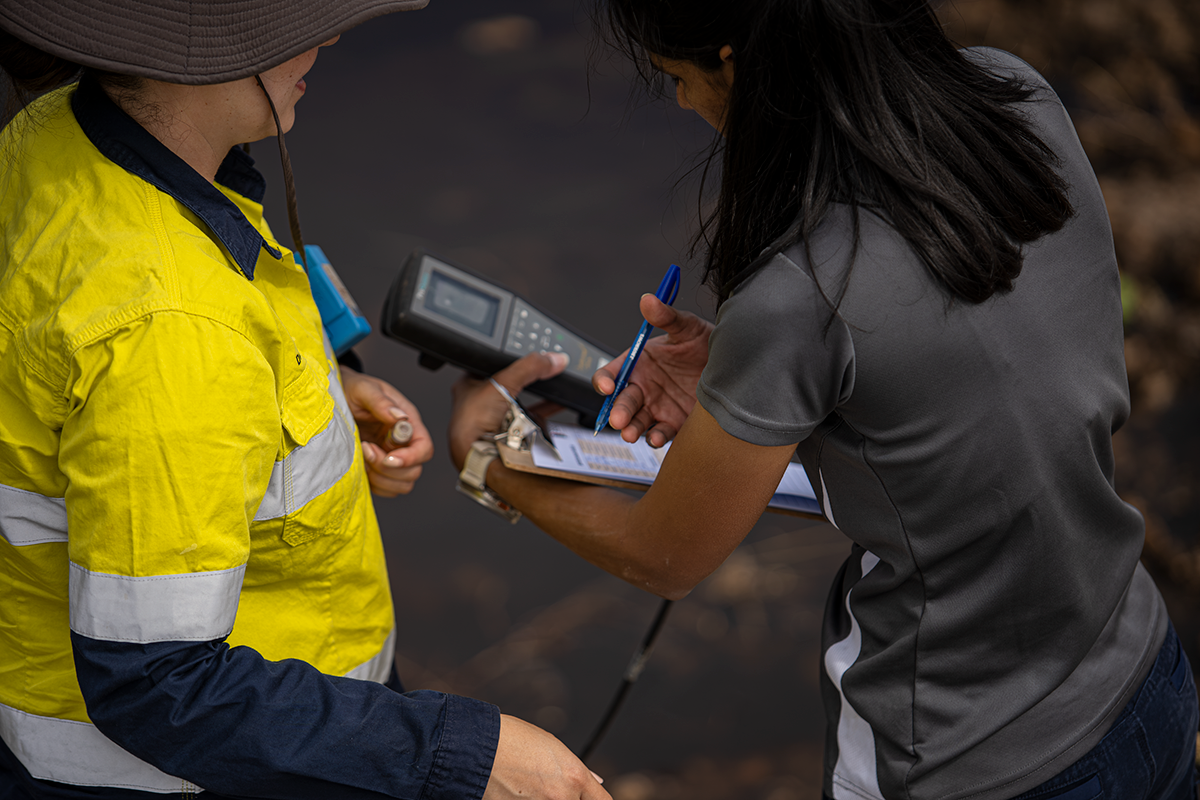Whenever a development is planned, a document to assess potential harm and impact on the environment is legally required. This report is called an environmental impact report.
Since an environmental impact report must be approved before your development can take place, a comprehensive and accurate report is paramount, but how do you prepare an accurate environmental impact report?
If you want the most uncomplicated process, you need to create an assessment that precisely includes all relevant information. Many pieces of information are required to even begin an assessment.
Other information may not be explicitly required but should be included in the interest of accuracy.
Identify Areas of Concern
When preparing an environmental impact report, you need to include considerations regarding natural, historical, and potential commercial concerns.
Natural concerns can include wildlife habitat reduction, pollution both chemical and noise, local flora, and more. You’ll also need to be aware of sites that may have potential historical significance and the regulations around it.
If there are possible archaeological findings, for example, development may be prohibited by the heritage act. Commercial environmental impact can include anything from local ecological implications to unsightly structures that may bother residents.
Additional areas of concern that are necessary to include revolve around the development plan itself. You must detail processes such as what kind of equipment will be used, the location of staging areas, the method of power supply to the site, and materials details.
It’s important to be incredibly thorough when providing specifics of the project for optimum accuracy. Other critical items to include are:
- Total job creation and staff on site for the scope of the project
- Post work detail including deconstruction, site rehabilitation, landscaping, and ultimate use
- Physical specifications of the project including precise measurements and lot situation
- Relevant sequences of operation and construction
- Site relation to populated areas, amenities, and features, as well as infrastructure
Predict Problems
Part of crafting a successful report is foresight. By thoroughly considering all aspects of development you give your report a better chance of approval. This means you may need an expert to assist with your analysis. You will benefit significantly from an expert in environmental project management as they will be familiar with details that are not commonly known.
Without adequately planning for and predicting problems, your assessment can be significantly delayed or denied. Often you will then have to go through a lengthy process in correcting and appealing your assessment.
To ensure your environmental impact assessment meets top accuracy, the full scope of potential risks must be analysed. This means preparing for all potential problems that may arise, whether from human or environmental causes.
Plan for situations in which alternate materials and construction equipment may be necessitated. Include details for pre-emptive action should it seem likely an impending problem will occur.
Consider every factor and plan alternatives accordingly. It’s important to note that plans must be feasible. Do not include predictions and solutions wherein the solution would be impossible to implement should an issue occur.
Allowing for extra planning in case of issues should also include the environment post development completion. As projects and their respective impacts are revisited and analysed, it’s vital to ensure you look long term.
Your initial assessment will be weighed against your projects actual impact after construction. If you haven’t planned and predicted accurately, it can lead to messy complications later on.
Assess and Monitor
An environmental impact report is not a single-step process. To complete your report, you’ll need to complete an ongoing site assessment. To execute an accurate and thorough assessment, you may have environmental monitoring that can last several months or longer. A field expert will need to be consulted to make the assessment credible.
When monitoring the development site, you’ll have several in-depth factors to track. First, you need to provide a thorough description of the environment as it currently stands.
This means every single component in the area that can be affected must be listed. In addition to flora and fauna, you’ll have to include water, soil, and air quality. You need to report the amount of land used, the amount of land that will need to be cleared or altered, and the effect thereof.
In addition to the factors you may consider obvious, there are more human considerations to assess. You’ll need to describe human habitation and activity in the area. This will include examining the visual impact of development on the natural landscape as well.
In addition, the assessment needs to include considerations related to light and noise pollution and cultural or archaeological degradation. Have a plan for monitoring before, during, and after construction.
Local environmental experts and protective agencies will be able to assist with the monitoring and assessment process. You will be expected to have a site impact report, and these experts will be invaluable in creating it.
Evaluate with Testing
Your environmental impact assessment needs to be based on the most relevant, accurate, and up-to-date information available. This will mean using or conducting research credibly and authoritatively. For many aspects of your report, there may be research available that supports your conclusions. It is wise to ensure these findings are relevant to the aspects of the project you are referencing. The correct reference and qualifications behind your conclusions will often sway your testing results.
If no relevant or recent research is available, you may need to consider employing the services of research professionals. Include all findings that necessitate consideration. Part of the initial steps in submitting your assessment is submitting to proprietary testing.
While many tests do not have strict metrics by which they measure acceptance, being prepared is a crucial component. Tests are often subjective, and it’s, therefore, all the more important to weigh possible outcomes in your assessment.
There are several test conditions that may be required before development is allowed to progress. These tests may legally require certain enforceable conditions to be met to make the project impact more acceptable.
The most important of these to keep in mind is the test of necessity. In essence, this test means that for permission to be given to progress with development a condition cannot exist as a part of the permission unless it would halt progress. If therefore, there was a negative environmental impact that needed further assessment or action that was attached to permission, development could not start until that issue is addressed.
Mitigate Damage
In any proposed development, you need to plan for damage control. The mitigation portion of your environmental impact assessment will have to include this. It’s a critical factor in approval. As noted in the testing section, failure to plan for damage mitigation can result in legally attached conditions before development is allowed.
If you have accurately assessed all potential impacts both positive and negative, you will need a comprehensive plan for adverse effects.
- Damage mitigation plans need to cover a broad scope of potential environmental degradation and solutions for repair. You will need to include solutions for all the potentially affected factors previously listed. This is where expert assistance will again be a boon. They will be able to provide feasible mitigation strategies in relation to the scope of the project.
- Site remediation isn’t only damage control post completion. A large part of your assessment will involve plans to prevent and minimize negative impacts. This may mean alterations to development placement or expansion. Other prevention options can include alternative construction methods, different technology use, or using more eco-friendly materials.
- Damage prevention also includes things that may affect human inhabitants and the larger region. You will need to have solutions for these at hand. An example would be unsightly industrial developments. There is a strong possibility for blowback from local residents that don’t want to ruin their view of the landscape.
A possible solution could be planting greenery surrounding the development to cover the unpleasant view. While there is no definitive rating system for what qualifies as successful mitigation, methods must be feasible and show effort.
In Conclusion
When you write your environmental impact assessment, quality and accuracy are twin pillars of success. These reports require a plethora of details, scenarios, plans, and research. Including them may be easier than implementing them. Therefore, it is critical to consider that part of your assessment accuracy is the feasibility of proposed solutions.
Though an idea may be ingenious, it does little good if it cannot be executed. Always ensure that items included in your report are verifiable and up to date. If you believe there may be room for variation in specifics you’ve included, don’t neglect to mention this.
Being thorough is in many ways a component of accuracy. It is recommended to seek help from local, qualified experts. They will be familiar with both the region and the surrounding ecology. This leads to informed decision making about inclusion and relevancy. Plus, you have the added benefit of increased credibility and the experience needed to properly prepare an environmental impact assessment.


